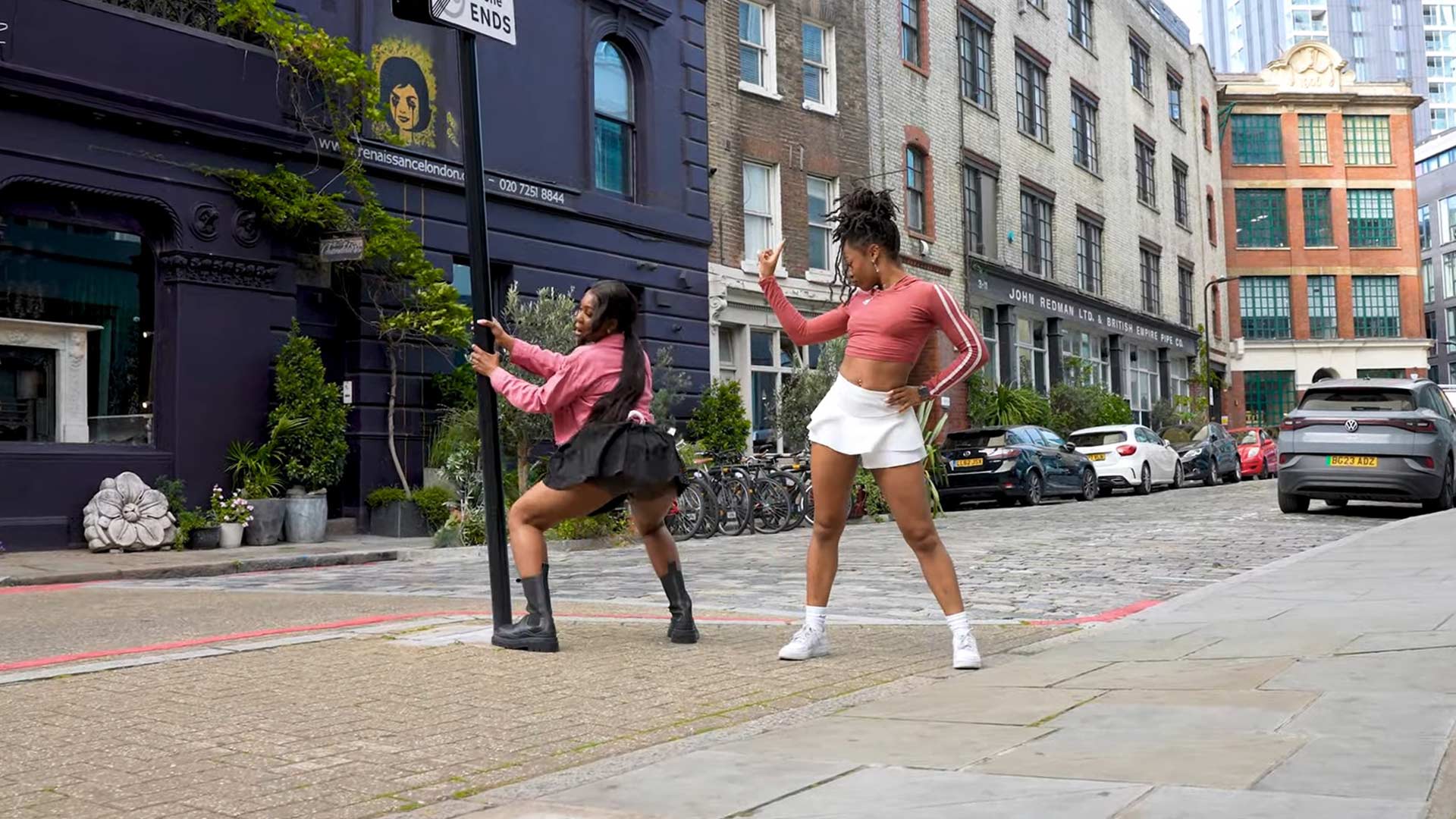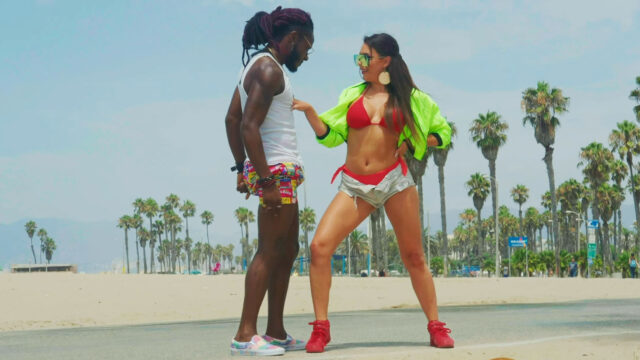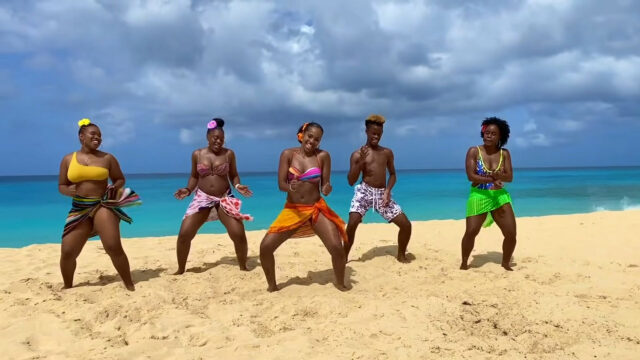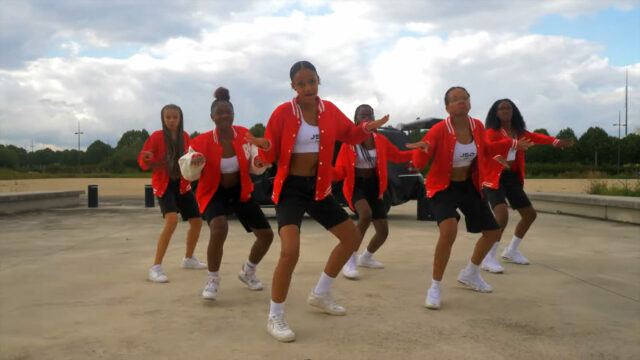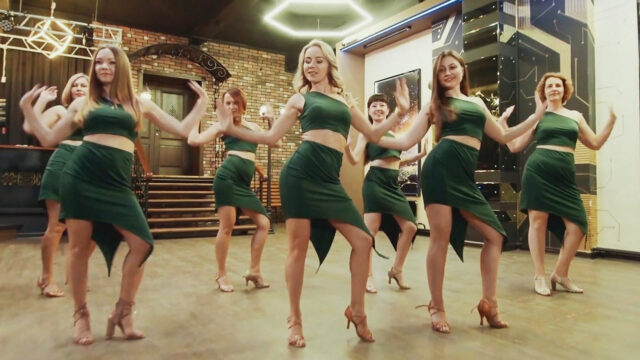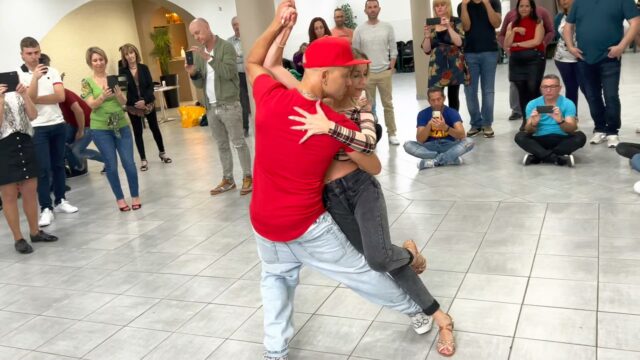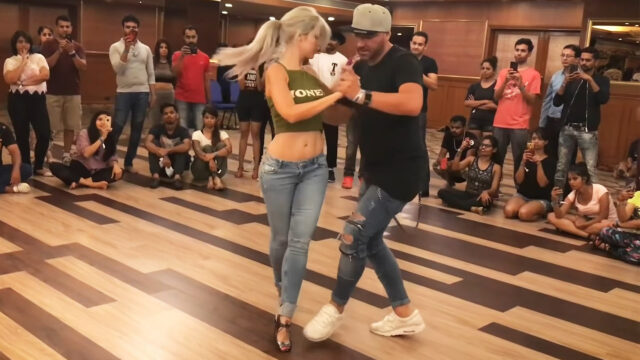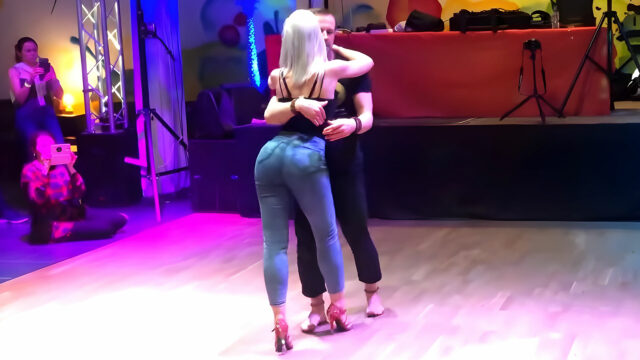Have you ever watched dancers seamlessly synchronize their movements with every beat and nuance of the music? If not, simply check out the choreography below by Brii and Sophia from the UK. Their performance demonstrates an impressive ability to interpret the rhythm and energy of the song through their bodies. The truth is, cultivating a deep connection with rhythm and musicality is an art form in itself, one that requires dedication, practice, and a few insider techniques.
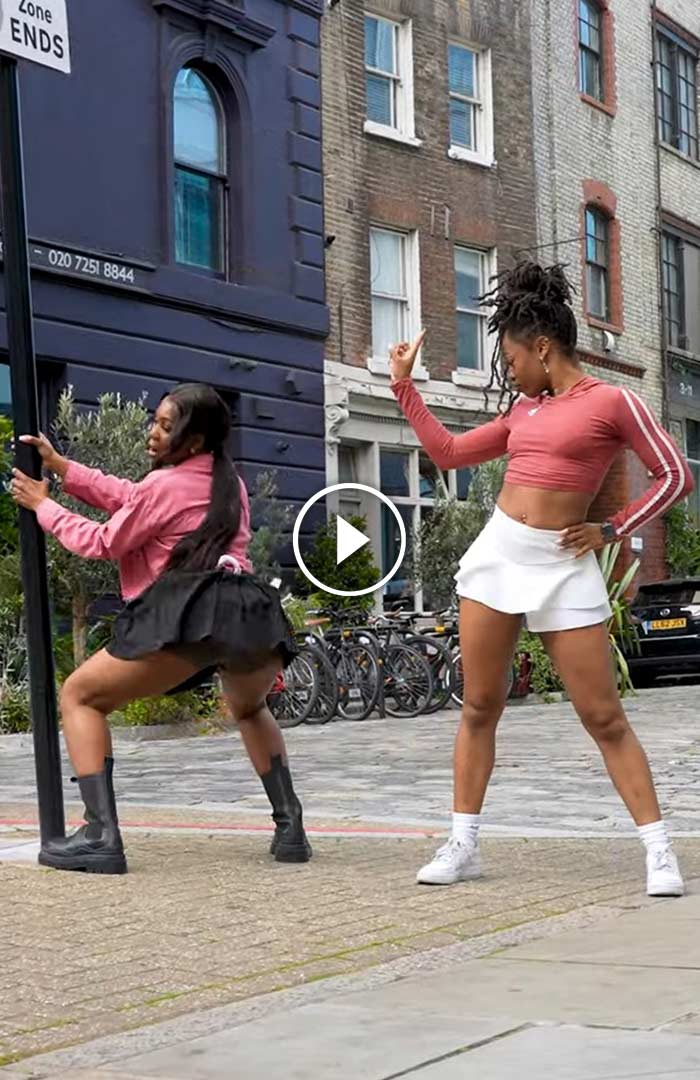
While some may be naturally gifted with an innate sense of rhythm, the good news is that most can develop a heightened musical awareness or even mastery with the right mindset and approach. It’s a journey of training your mind, body, and soul to become attuned to the intricate tapestry of sounds that make up the music you love to dance to.
- Vibrant Beachside Afrobeats-Dancehall Choreo by Jay-C & Libby
- Toes in the Sand: The Joy of Barefoot Beach Dancing
- The Rhythm of Connection: Dance Unites Teens Through Shared Passion
Now, let’s dive into seven practical ways to help you unlock your inner groove and become a true master of rhythm and musicality:
- Rhythmic Listening
The foundation of rhythmic mastery lies in active, focused listening. Put on your favorite dance track and simply allow the music to wash over you. Pay attention to the intricate layers of percussion, bass lines, and rhythmic patterns that form the backbone of the song. Try to isolate each individual element and feel how they intertwine to create the overall groove. This exercise trains your ears to pick up on the subtleties of rhythm, which will ultimately translate into your dance movements. - Rhythmic Breakdown
Once you’ve developed a keen ear for rhythm, it’s time to break it down. Analyze the time signature, count the beats, and identify the underlying rhythmic structure of the music. Break down the rhythmic patterns into digestible chunks. This process not only deepens your understanding but also allows you to internalize the patterns on a cognitive level. Try clapping or tapping along to the beat, then experiment with accenting different elements, such as the snare drum or hi-hat. This exercise will solidify your rhythmic foundation and prepare you for the next step. - Bringing Rhythm to Life
Now that you’ve mastered the intellectual aspect of rhythm, it’s time to bring it to life through your body. Engage in body percussion exercises by tapping different body parts (e.g., stomping, clapping, snapping) to recreate the rhythmic patterns you’ve learned. Start slow and gradually increase the complexity and tempo. This kinesthetic approach will help you embody the rhythm, transforming it from an abstract concept into a tangible, physical experience. - A Rhythmic Dialogue
Nothing reinforces rhythmic understanding quite like engaging in a rhythmic dialogue. Find a dance partner or join a group and participate in call-and-response exercises. One person initiates a rhythmic pattern, and the others respond by mirroring or complementing it. This interactive approach not only sharpens your rhythmic reflexes but also fosters a deeper connection with the music and your fellow dancers. - Groove Improvisation
Once you’ve built a solid rhythmic foundation, it’s time to let loose and improvise. Put on a piece of music with a strong, infectious groove and allow your body to respond organically to the rhythms. Experiment with different movements, isolations, and accents, all while staying true to the underlying beat. Let the crescendos and diminuendos influence the intensity and dynamics of your movements, creating a seamless fusion of sound and motion. Embrace this connection by allowing the music to dictate your movements. This exercise cultivates spontaneity, musicality, and a deeper emotional connection with the song. - Exploring Rhythmic Diversity
To truly master rhythm and musicality, you must step outside your comfort zone and explore diverse musical genres and cultural traditions. Attend workshops or classes that focus on styles like Afro-Cuban, Flamenco, or Indian Classical dance, each with its unique rhythmic nuances. This cross-training approach will expand your rhythmic vocabulary and deepen your appreciation for the rich tapestry of global rhythms. - Grooving with a Buddy
Dancing is a social experience, so why not share the rhythmic journey with a friend? Grab a fellow groove-enthusiast, and take turns leading and following each other’s movements. This not only enhances your ability to stay in sync, but also fosters a deeper understanding of how different people and their bodies interpret and express rhythm. Develop a performance mindset by visualizing yourself as a conduit for the rhythm, channeling the energy of the music through your movements. Practice staying present, focused, and connected to the beat, even in the face of distractions or nerves. With time and experience, this mindset will become second nature.
Remember, developing a deep connection with rhythm and musicality is a lifelong journey, one that requires patience, dedication, and a willingness to explore the boundless realms of sound and dancing. Embrace the process, have fun, and let the rhythm guide you. And know that rhythm is not just a technical aspect of dance, it is the heartbeat of the music, the pulsating lifeforce that breathes energy and emotion into every movement.
If you enjoyed this article, feel free share it with your friends and let them know what you think about it. Also, consider checking out our most recent posts and stay in touch. Thank you!
